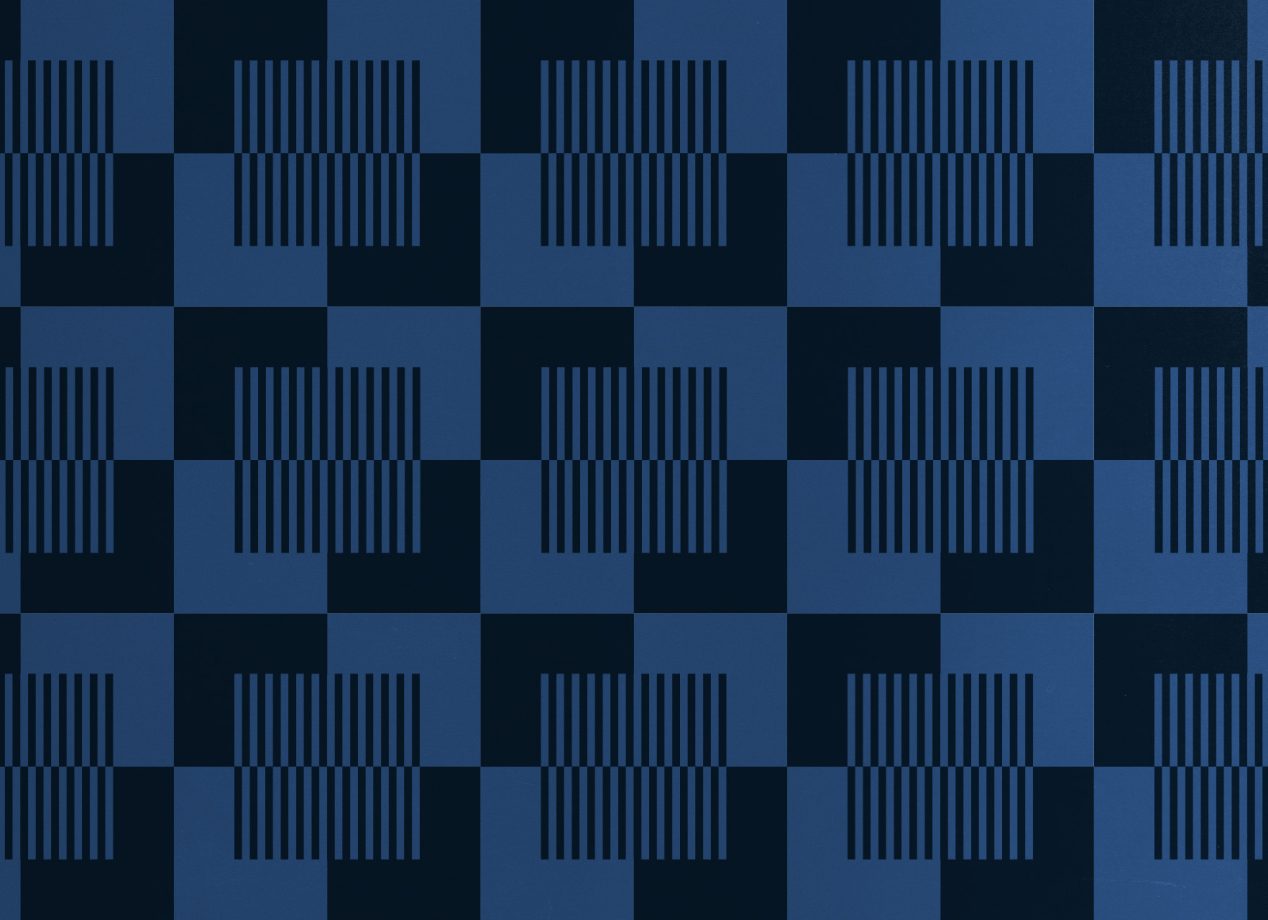Self-Help Graphics & Art (SHG) in LA is a testament to artistic practice as community empowerment. We sat down with SHG co-director and MA Arts Management alumna, Betty Avila, to explore some of the creative ways the organization has served as a leading space for Latinx arts, culture, and community since its founding in 1970. Recently, SHG made a historic stand for cultural sustainability by successfully organizing to purchase their space.
Social Justice Roots
Sitting in her garage in 1970, an “awesome, punk-rock, chain-smoking nun from East LA,” as Betty describes her, identified a need and founded what is now known as Self-Help Graphics & Art in partnership with Mexican and Chicano artists. For the past 44 years, the organization has been at the intersection of art and social justice, providing the community with a much-needed outlet to, as Betty puts it, “creatively mourn or digest some of the issues that it’s experiencing.” At its core, the organization exists to nurture and support Chicano and Latinx artists by providing resources such as a world-renowned printmaking facility, art workshops, and a gallery forum for artistic expression. But on a macro-level, its impact reaches far beyond. It acts as a creative resource for the community—and LA in general—through youth-development programs, peaceful protests, and annual cultural events that attract thousands from across the region.
Binding Sustainability
The organization is situated in Boyle Heights, a part of East LA that has been vulnerable to gentrification and displacement. The organization has combined creative ways to help the community claim space with a mix of ritual and cultural practice, and political and economic organizing. On one such occasion, SHG used an indigenous practice of binding herbs to respond to a development project the community was not consulted on. For this “Binding Displacement” demonstration, the organization supported a group of youth who surveyed their peers by tying ribbons with their answers to the question, “What would you like to see here?” to a fence on the site. Everyone participated, including the developers. “It was beautiful,” Betty recalls. Creative actions like these grew into a successful campaign to purchase their space. Owning their space sends a powerful message to the community, developers, and the city at large for development without displacement.
Self Help Graphics' 2017 Day of the Dead celebration (Photo: Moni Perez)
Día de los Muertos, LA Style
What does the Day of the Dead have to do with it? Perhaps one of the most well-known of the organization’s annual cultural events, Día de los Muertos celebrations—organized by Self Help Graphics & Art—is not just a single act of peaceful protest or an art happening. It is an entire season of creative practice that honors the ancestors and connects the generations. According to Betty, there are two questions the organizers consider every year: “How is the Day of the Day being leveraged for healing and growing? How do we build it out in a way that serves our purpose of community building?” Leading up to the event, people gather on site to participate in weekend art workshops to create the papier-mâché structures that grace the streets during the procession that kicks off the event. On the day of the festivities, visitors experience everything from pop-up displays and somatic dancers to altars built by artists and members of the community. All of the activities are rooted in providing education and a platform to digest relevant social justice issues. Every type of issue is on the table, Betty explains, “from immigration to people who pass away on bikes, or in some sort of traffic collision, to the missing women of Juarez.” And people come to learn and experience. The event now attracts over 10,000 visitors each year.
Getting There
So what was the motivation that led Betty on the path to Self-Help Graphics & Art? It all comes down to the realization of what the arts can do for people and communities. The light bulb moment came while Betty was an intern on the programming team at the Getty Research Institute. On a day when a group of mostly male day laborers came to the museum for a curator-led tour (an experience normally reserved for the VIPs) Betty saw people that looked like those from her own community—like her mom and dad—experience the arts. Witnessing this process led Betty to say, “Okay, this is what I have to do for the rest of my life.”
Written by Alina Girshovich
